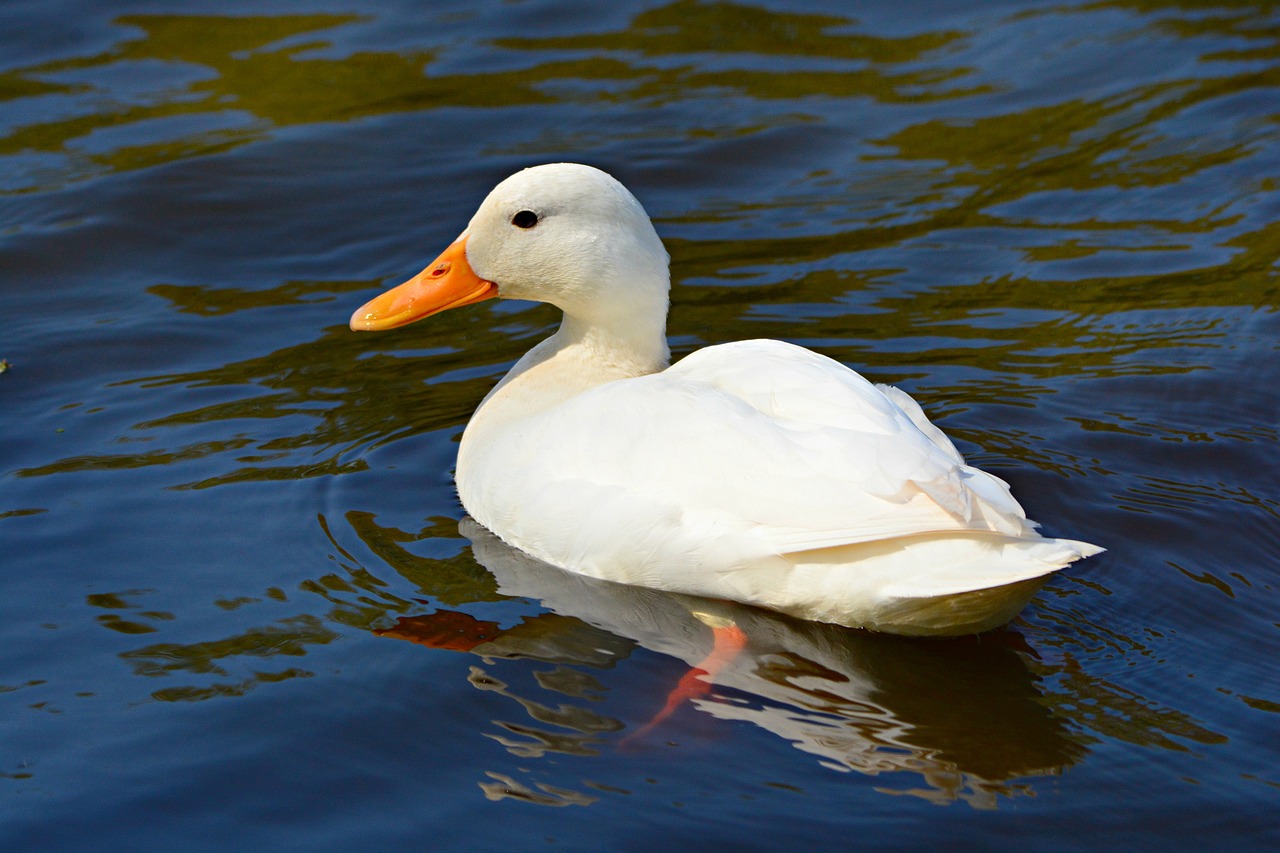Learn How to Grow and Care for Nebraska State Flower with expert tips for successful growth and vibrant blooms.
If you’re eager to learn How to Grow and Care for Nebraska State Flower, this guide is your green thumb’s best friend. Learn the art of growing and caring for this vibrant native plant, ensuring it thrives in your garden for years to come.
Learn How to Grow and Care for Delaware State Flower
What is the Nebraska State Flower?
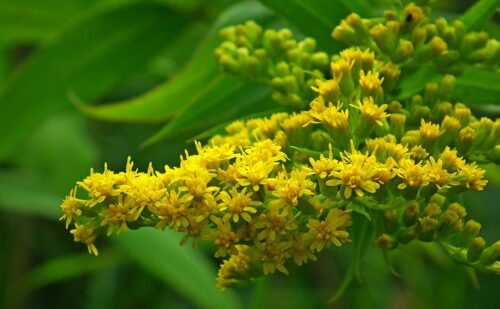
Nebraska State Flower: Goldenrod (Solidago gigantea)
Family: Goldenrods belong to the Asteraceae family, commonly known as the aster or daisy family. This family includes a wide variety of flowering plants.
Native Place: Goldenrod is native to North America, including the state of Nebraska. It can be found throughout the state, especially in meadows, prairies, and along roadsides.
Appearance: Goldenrod is a tall, slender plant with bright yellow, plume-like flower clusters that grow on the top of its stems. The flowers are made up of numerous tiny, daisy-like florets. The leaves are long and slender, often with serrated edges.
Blooming Season: Goldenrod typically blooms in late summer and early autumn, from August to October in Nebraska. During this time, the plant’s bright yellow flowers add vibrant color to the landscape.
Significance: It symbolizes Nebraska’s natural beauty and is cherished for its resilience and ability to thrive in various environments. Goldenrod also serves as an essential source of nectar for pollinators like bees and butterflies.
Legislation: The designation of Goldenrod as the official state flower of Nebraska is enshrined in state legislation. The Nebraska Legislature officially declared Goldenrod as the state flower in 1895.
Origin: The choice of Goldenrod as Nebraska’s state flower reflects its abundance in the state’s natural landscape and its status as a native wildflower. It embodies the state’s connection to its natural heritage.
FIND How to Grow Connecticut State Flower
How to Propagate Nebraska State Flower
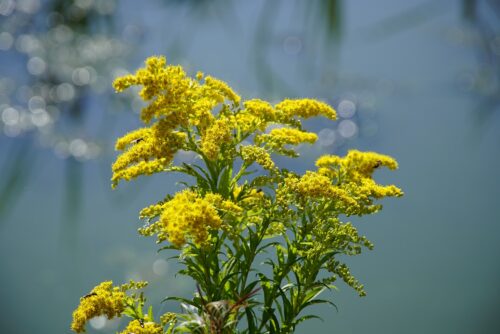
Methods to Propagate the Nebraska State Flower (Goldenrod):
- Seed Propagation
- Division
- Root Cuttings
- Stem Cuttings
Seed propagation is often the easiest way to grow Goldenrod, Nebraska’s state flower. Here’s how it works in detail:
- First, you need to collect seeds from mature Goldenrod plants. Wait until the flowers have faded and turned into seed heads. These are usually fluffy structures that contain small seeds.
- Once you have the seed heads, gently crush them to release the seeds. Goldenrod seeds are small and light, so you should be able to separate them from the plant material easily.
- Goldenrod seeds typically require a period of cold stratification to germinate. This mimics the natural process of seeds experiencing winter before sprouting in spring. To do this, place the seeds in a plastic bag with some damp sand or peat moss and refrigerate them for a few weeks. This helps break their dormancy.
- After the cold stratification period, sow the seeds in a seed tray or small pots filled with potting soil. Lightly press the seeds into the soil’s surface, but don’t bury them too deep. Goldenrod seeds need light to germinate.
- Keep the soil consistently moist but not waterlogged. Place the tray or pots in a sunny location, as Goldenrod prefers full sun. Germination can take a few weeks to a couple of months.
- Once the seedlings have grown big enough and have a few leaves, you can transplant them into their final location. Make sure to space them at least a foot apart to allow for their mature size.
- Goldenrod is a hardy plant that doesn’t require a lot of care once established. Regular watering during dry spells and occasional fertilization can help it thrive.
- It’s also a good idea to divide mature plants every few years to prevent overcrowding.
Learn Growing Texas State Flower
Pot Size for Growing Nebraska State Flower (Goldenrod)

The ideal pot size for Nebraska State Flower, Goldenrod, is a 12 to 16-inch diameter container. Opt for a sturdy, UV-resistant plastic or ceramic pot with good drainage holes at the bottom. Adequate drainage is crucial to prevent waterlogging and ensure the plant’s health and vigor.
Learn How to Grow Florida State Flower
Ideal Growing Conditions for Nebraska State Flower

Light
The Nebraska State Flower, the Goldenrod (Solidago gigantea), prefers full sun to partial shade. Plant it where it can receive at least 6 hours of direct sunlight daily, typically facing south or southwest for optimal sun exposure.
Soil
The Nebraska State Flower, Goldenrod, thrives in well-draining, loamy soil. To improve soil quality, mix in organic compost at a ratio of 1:1 with the existing soil. The ideal soil pH for Goldenrod is around 6.0 to 7.0, slightly acidic to neutral, ensuring robust growth and health.
Water
Goldenrod prefers moderate watering. Water deeply when the top inch of soil feels dry, typically once a week. Use a soaker hose or watering can to deliver water directly to the base of the plant, avoiding wetting the foliage.
Temperature and Humidity
The Nebraska State Flower thrives in a temperate climate. It can withstand temperatures ranging from 65°F to 85°F (18°C to 30°C). Humidity levels in Nebraska are generally suitable, but providing good air circulation around the plant helps prevent humidity-related issues and ensures healthy growth.
Learn How to Grow Illinois State Flower
Nebraska State Flower Care
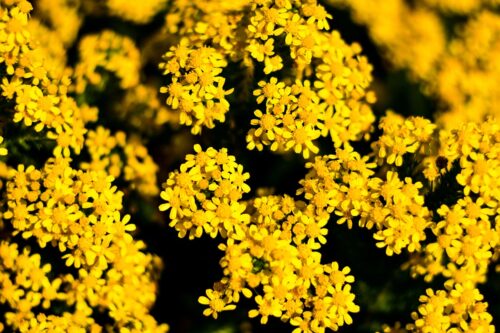
Fertilizer
Feed Nebraska State Flower from a balanced fertilizer like a 10-10-10 NPK blend. Apply it in early spring when the plant is actively growing and again in mid-summer. During dormancy, which is typically in winter, avoid fertilization to allow the plant to rest and conserve energy for the next growing season.
Pruning
The Nebraska State Flower benefits from regular pruning in early spring. Use clean, sharp pruning shears to remove dead or spent blooms and any damaged or crowded stems. This encourages bushier growth and prevents self-seeding. Avoid cutting too late in the season to avoid disturbing overwintering wildlife.
Pests and Diseases
Pests:
- Aphids: These tiny insects can cluster on the plant, sucking sap from the leaves. Use a strong stream of water to dislodge them, or consider introducing beneficial insects like ladybugs.
- Spider Mites: They can cause stippling and webbing on the leaves. Frequent hosing down of the plant and using insecticidal soap can help control them.
Diseases:
- Powdery Mildew: This fungal disease can create a powdery white substance on leaves, affecting their health. Pruning for better air circulation and using fungicidal sprays can prevent or treat mildew.
- Rust: Nebraska State Flower may develop rust-colored pustules on leaves due to rust fungi. Prune affected parts and dispose of them properly. Fungicidal treatments can also help.
- Root Rot: Overly wet soil can lead to root rot, causing wilting and decline. Ensure well-draining soil and avoid overwatering.
Learn How to Grow New Hampshire State Flower
FAQs- How to Grow and Care for Nebraska State Flower
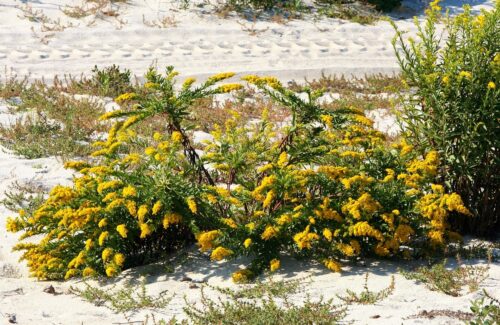
1. Can I grow Goldenrod in a container or pot?
Yes, you can grow Nebraska State Flower in a large container or pot. Ensure it has well-draining soil and receives adequate sunlight for container gardening success.
2. How do I deadhead Goldenrod flowers, and why is it important?
Deadheading involves removing spent flower heads. Use pruning shears to cut just above a healthy leaf node. Deadheading encourages more blooms and prevents self-seeding.
3. Does Goldenrod attract pollinators and wildlife?
Yes, the Nebraska State Flower is a valuable pollinator plant, attracting bees, butterflies, and other beneficial insects. It also provides food and habitat for birds and small wildlife.
4. What’s the best time to plant Goldenrod in Nebraska?
Spring and early fall are ideal for planting Goldenrod in Nebraska. This gives the plant time to establish before extreme weather conditions.
5. What are some companion plants that go well with Nebraska State Flower?
Coneflowers, Black-eyed Susans, and native grasses are excellent companion plants for Goldenrod, creating a beautiful and wildlife-friendly garden.
6. Is Goldenrod deer-resistant?
While Nebraska State Flower is generally deer-resistant due to its strong aroma and bitter taste, hungry deer may still nibble on it during severe food shortages.


